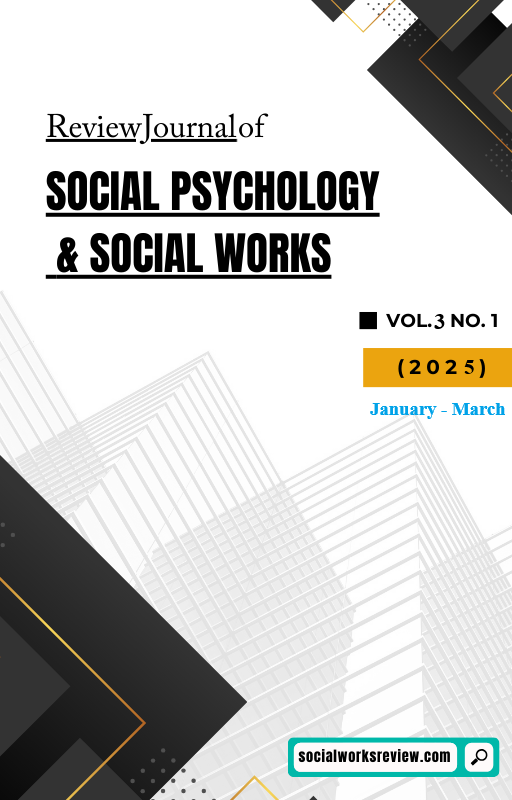Work without Recognition: Multi-Group Analysis of the Inferior Jobs of Rural Women vs the Essential Jobs of Urban Women in Sindh
Keywords:
Rural-Urban Employment Divide, Job Recognition, SEM, Multi-Group Analysis (MGA), Sindh, PakistanAbstract
Employment disparities between rural and urban women in Sindh of Pakistan are explored with respect to job quality, recognition and career opportunities. Rural women are active in the labor force more than before, but they work mostly on low paid unrecognized and informal jobs. On the other hand, urban women occupy less places but they are involved in important, recognized by all formal sector posts, for instance, education, healthcare, and corporate work. The data for the study is collected through survey questionnaire based on 5 point Likert scale and designed from closed ended questions in the form of a quantitative research design drawn from 120 urban and 120 rural working women. Since employment in both settings was fragmented, the use of snowball sampling recruited participants. The study utilizes Structural Equation Model (SEM) using Smart PLS to examine the effect of the education level, economic necessity, social and cultural constraints, and government (institutional support) on various job outcomes including job recognition, wages, quality of job, career progression, and workplace security. These factors are compared through a Multi Group Analysis (MGA) the findings show that education, as well as institutional support, promote work quality and recognition of urban women’s work, but the economic necessity and social constraints constrain rural women’s access to quality and recognition of their work. The study highlights the importance of policy intervention to, among other things, secure employment, ensure financial security and give recognition to rural working women.





